Section 6
The War in Europe
By Boundless
The US engagement in Europe during WWII began prior to the US formal entry into the war by supplying war materials to Allied states and continued from 1942, when the US military directly engaged in operations in Western Europe and the Mediterranean.
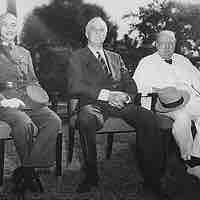
Roosevelt, Churchill, and Stalin, known as the "Big Three," developed a plan of action for Allies in a series of informal meetings and official conferences.
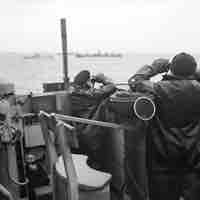
The Battle of the Atlantic was the longest military campaign of World War II, pitting the German Navy and Airforce against the Royal Canadian Navy, Royal Navy, the United States Navy, and Allied merchant shipping.
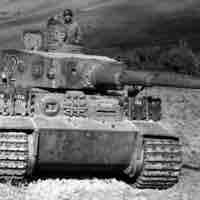
The North African Campaign of World War II (June 10th, 1940 - May 13th, 1943) resulted in the huge loss of Axis troops, which greatly reduced the military capacity of the Axis powers and led to all Italian colonies in Africa being captured.
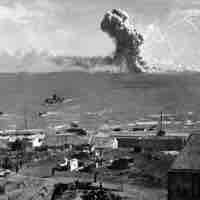
The combined British, Canadian, and American forces defeated Axis forces in Sicily, allowing the Allies to take over mainland Italy.

During World War II, the Allies used strategic bombing in Europe and Asia in order to impede the Axis infrastructure and war production capacities as well as terrorize civilians on enemy territories.
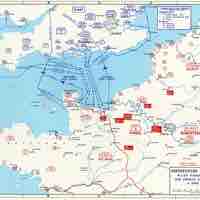
The Normandy landings, codenamed Operation Neptune and commonly know as D-Day, was the largest amphibious invasion ever to take place and it was critical to the eventual victory of the Allied forces in Word War II.
After the 1943 Battle of Stalingrad and the June 1944 Allied invasion of France, the Allies gradually defeated Germany in Europe while in the Pacific, the United States and the Soviet Union continued to fight Japan until Japanese surrender in August 1945.
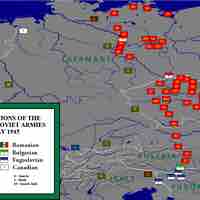
The crossing of the Rhine, the encirclement and reduction of the Ruhr, and the sweep to the Elbe-Mulde line and the Alps all established the final campaign on the Western Front as a showcase for Allied superiority in maneuver warfare
Following the successful landings in Normandy (June 1944), the Western Allies gradually defeated Nazi Germany on the Western Front while the Soviet Union triumphed on the Eastern Front. The joined efforts culminated in the final defeat of Germany at the Battle of Berlin.